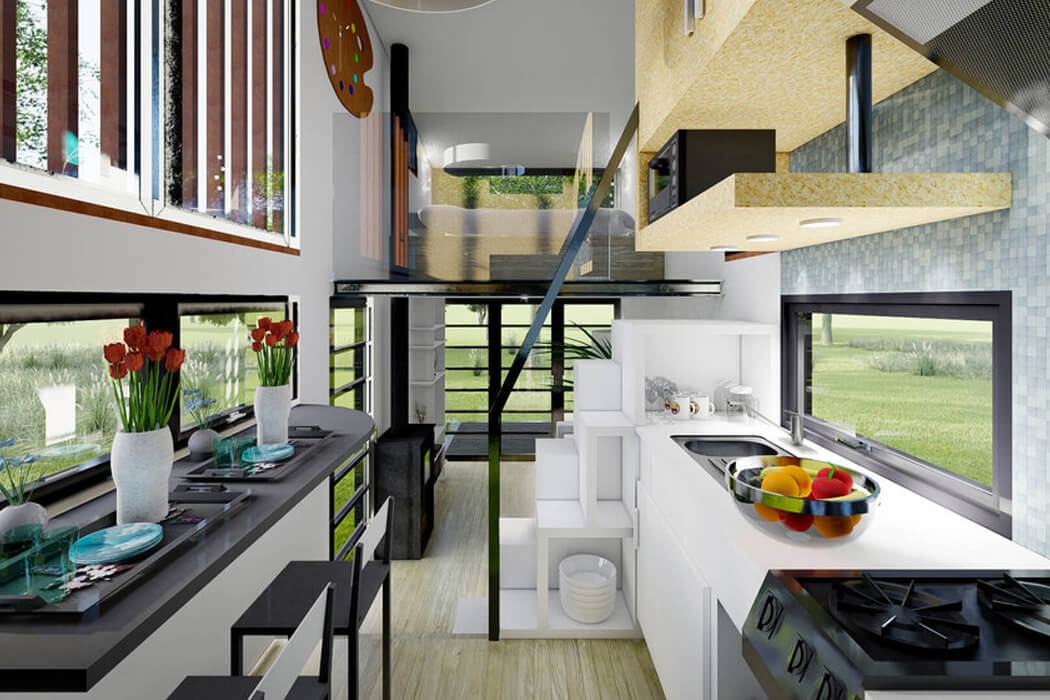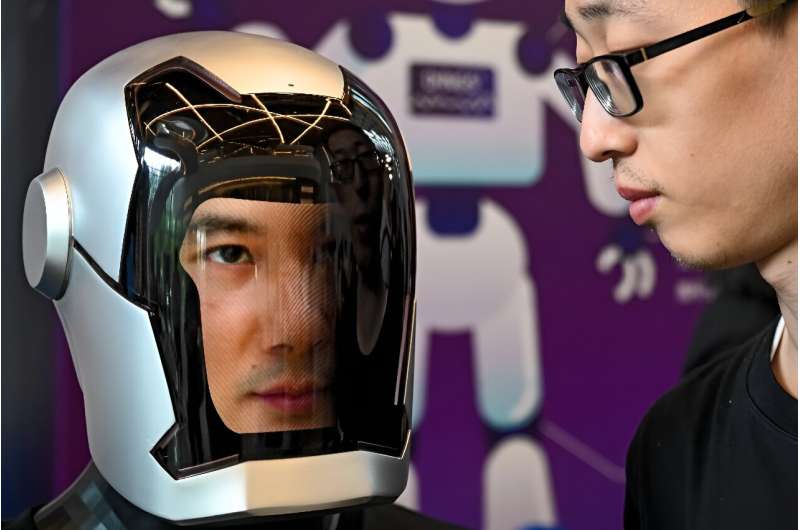Imagine a world where drones never need to stop working. No more landing to recharge batteries or waiting around for a human to help them take off again. Thanks to an innovative Israeli company called Airobotics, this isn't just imagination anymore – it's reality.
At the heart of this breakthrough is a clever system that's basically a robotic pit crew for drones. Picture a pit stop in a car race, but instead of mechanics rushing around with tools, there's a smart robotic arm that quickly swaps out dead batteries for fresh ones, getting drones back in the air in minutes.
The star of the show is something called the Airbase – think of it as a high-tech nest for drones. It's where these flying robots come home to roost, but instead of just sitting there, they get an instant power-up. The most impressive part? The whole thing happens automatically, without any humans needed to help.
The drone itself, called Optimus, is pretty special too. It can fly for 30 minutes at a time and carry up to 1 kilogram (about the weight of a liter of water). But what makes it really interesting is how flexible it is. Want to use it for mapping? Pop on a 4K camera. Need to check for gas leaks? There's a special sensor for that. It's like having a flying Swiss Army knife that you can customize for whatever job you need done.
"We wanted to create something that could work around the clock," explains Ran Krauss, the CEO of Airobotics. "And not just work continuously, but adapt to different jobs too." The company has made it possible for other developers to create their own tools and sensors to attach to the drone, making it even more versatile.
This isn't just cool technology for technology's sake – it's already proving its worth in the real world. Israel Chemicals, a major company, tested the system and liked it so much they became one of the first customers. It's especially useful for big industrial sites like mines and oil fields, where having eyes in the sky 24/7 can make a huge difference to safety and security.
What makes this system stand out from other attempts at solving the drone battery problem? Previous solutions, like the SkySense charging pad or the Dronebox shelter, still had limitations. They either took too long to charge or couldn't get drones back in the air quickly enough for truly continuous operation. The Airobotics system, with its quick-swap battery approach, solved these problems.
The company recently secured $28.5 million in funding, showing that investors believe this could be the future of drone operations. While the price tag varies depending on what features customers want, the promise of having drones that can work around the clock without human intervention is attracting serious attention.
This development could change how we use drones in all sorts of industries. Imagine drones that could monitor forest fires without breaks, inspect dangerous areas continuously, or keep watch over sensitive facilities without ever needing to stop. The possibilities are endless when you remove the limitation of battery life and human operators.
As we move toward a future where automation plays an increasingly important role in our lives, innovations like this show us what's possible when we think outside the box. Or in this case, when we think about what happens when the drone needs to go back in the box – and how to get it out again as quickly as possible.
The days of drones being limited by their batteries might soon be behind us. Thanks to smart thinking and clever engineering, these flying robots are getting closer to true independence, working tirelessly around the clock while their human operators can focus on more important tasks. It's another step toward a future where robots don't just work alongside us – they keep working even when we're not around.


















